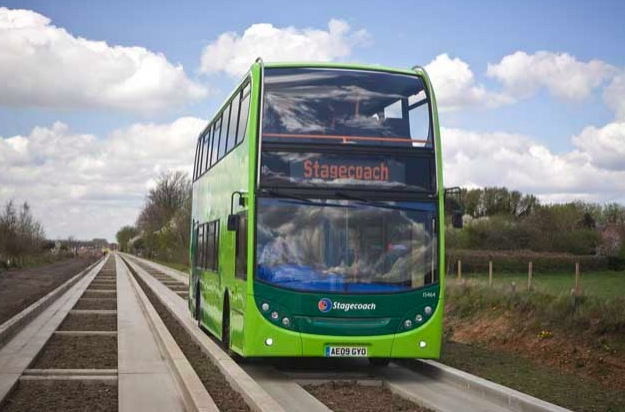It is difficult to build housing in many parts of Britain at a rate to meet the growth of demand. This leads to inflated prices, whether to buy or rent, with younger people finding it increasingly tough to acquire ownership of their own homes.
However, the rate of addition to the housing stock from new build is quite small, contributing only about 10% of the annual supply for rent or purchase, with the other 90% from turnover of the existing stock. So it is worth considering whether the use made of the existing stock could be more efficient. Danny Dorling, professor of geography at Oxford, has pointed out that Census data shows a steady increase in the number of rooms per person, currently almost 2.5 (‘rooms’ comprises bedrooms, living rooms and kitchens). This suggests that pressures in the housing market arise from maldistribution of available accommodation, whether arising from inequalities of income, from people holding on to houses larger than they need as an investment, or from geographical location.
One possible approach to achieving a more efficient and equitable use of the existing stock would be through investment in the transport system that would increase accessibility, particularly of housing to the location of employment. The supposition is that turnover of existing stock (‘churn’) would tend to increase the efficiency of use when those purchasing are constrained by income and those selling are downsizing, for instance following change of family circumstances such as death, divorce, or ‘empty nest’. Increased access as the result of transport investment would tend to increase opportunities for purchase by those seeking properties they can afford, and to increase the incentive to sell by those downsizing.
An example of such enhanced access impacting the housing market is London’s Overground railway, old track rejuvenated by investment in stations and rolling stock, and resulting in both a 5-fold increase in passenger numbers and some of the biggest house price increases (per cent) in London, as neighbourhoods with lower cost accommodation have become more accessible. Plans for future rail investment in London will also make more housing accessible to where people work, including Crossrail2, the extension of the Bakerloo Line, and plans for Transport for London to operate suburban rail routes as high frequency metro services.
Beyond London, the Cambridge guided busway (pictured above) includes three park-and-ride sites with a total of 2700 parking spaces for those wishing to avoid driving into the city. The busway serves Northstowe, a former airfield where there are proposals for a new town up to 10,000 new homes.
Rail and guided busways (known generally as Bus Rapid Transit) offer fast and reliable travel for work journeys, compared with the car on congested roads. Investments in these transport modes allow towns and cities to grow by making land accessible for housing development, without a corresponding increase in car use that would add to congestion – known in the US as Transit-Oriented Development. In contrast, adding capacity to inter-urban roads adjacent to populated areas would allow more car commuting and hence housing development, but would add to traffic congestion at urban destinations.
Assessment
Given the stresses in the housing market and the difficulties in Britain of increasing the rate of construction of new dwellings, there are attractions in a focus on improved public transport as a means of increasing access to more affordable housing.

